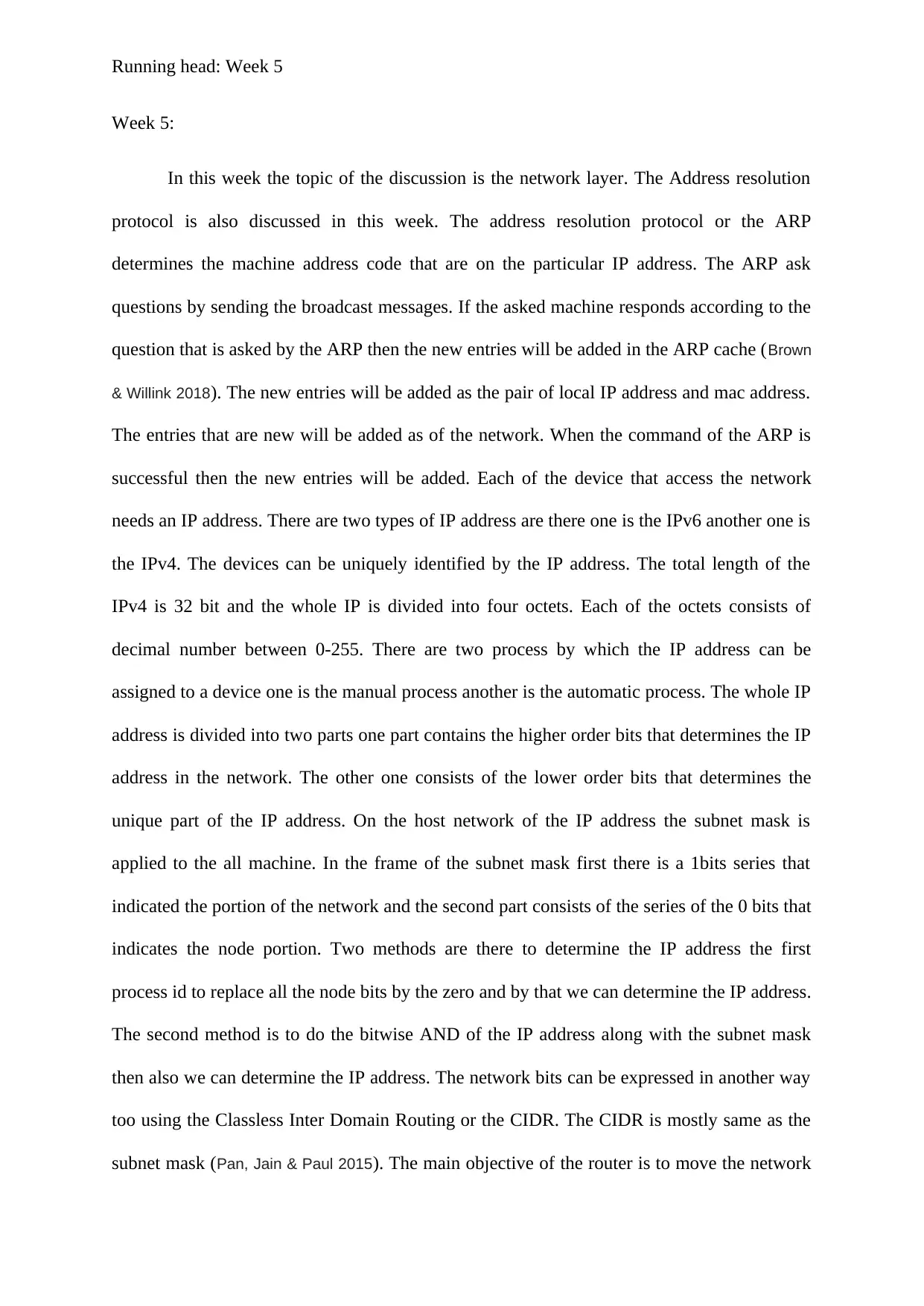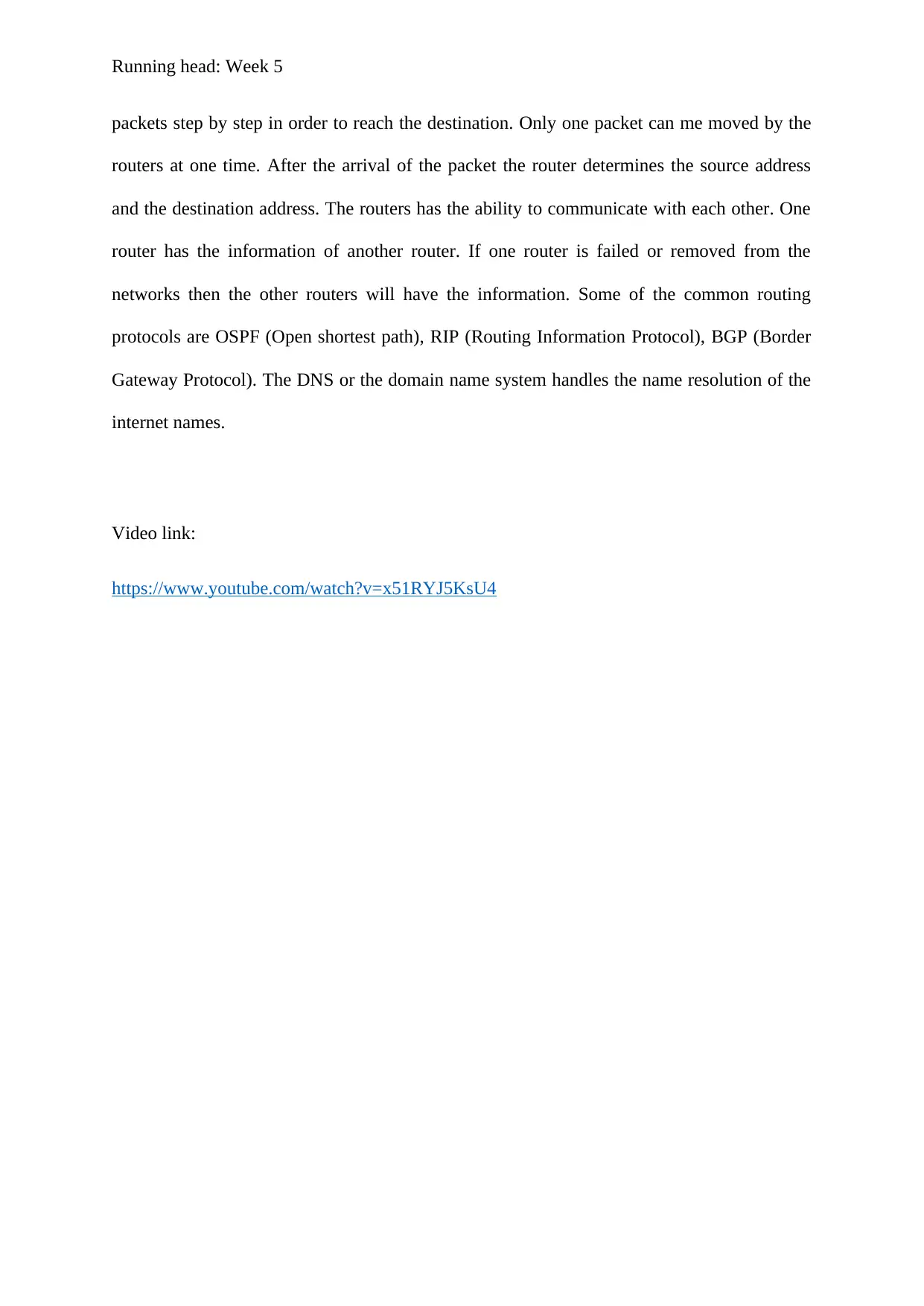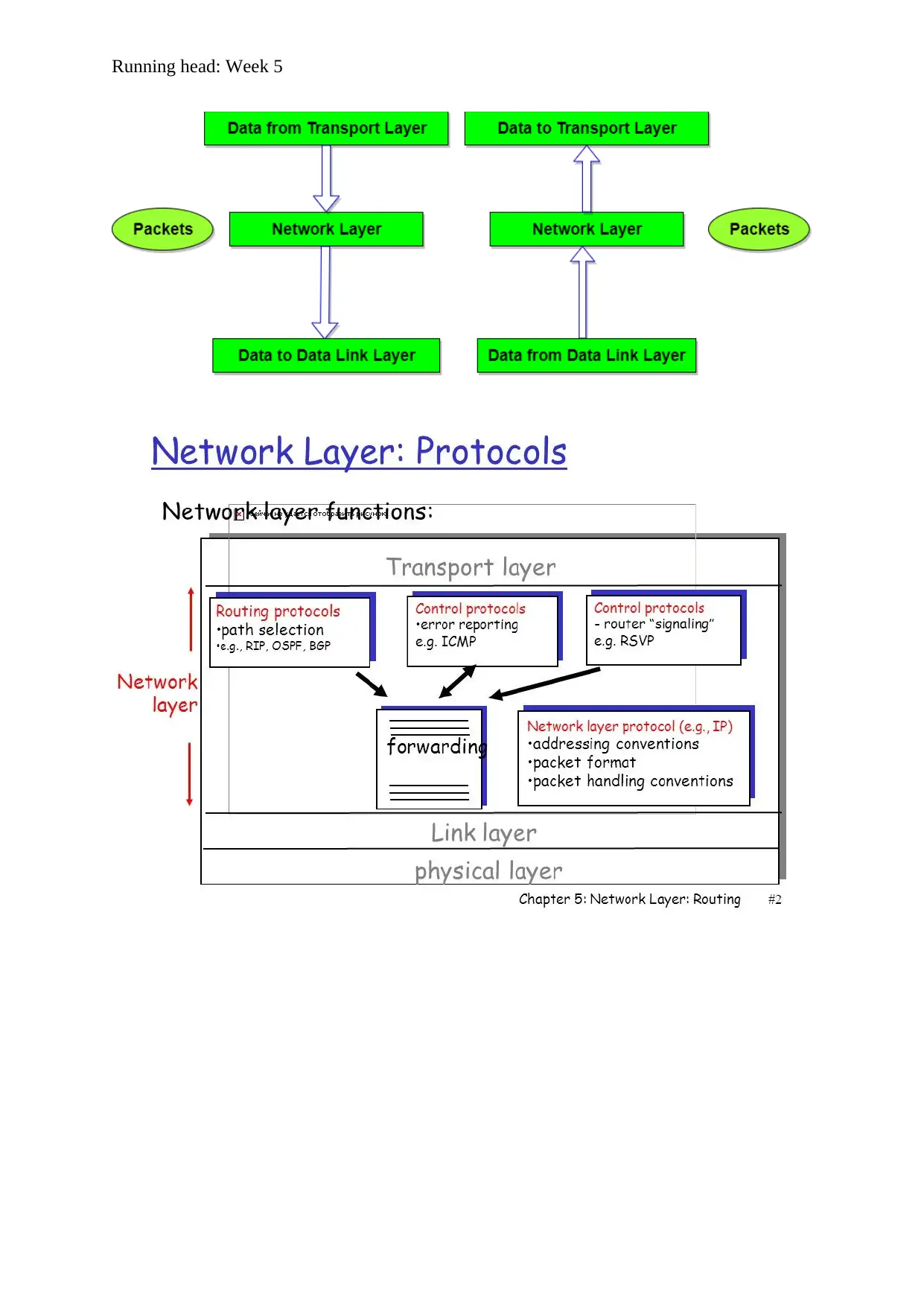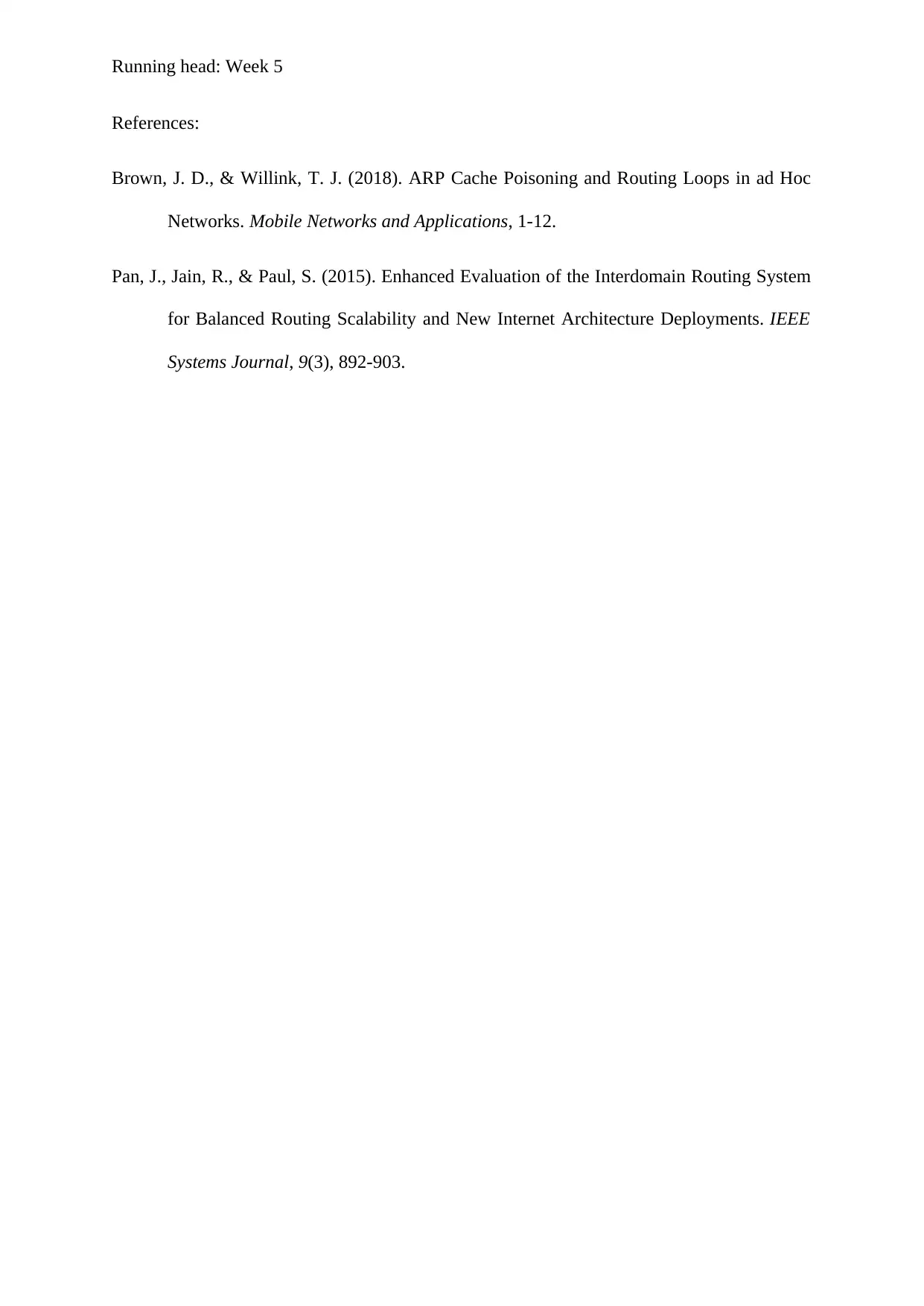ITECH1102: Network Layer Functionality & Address Resolution
VerifiedAdded on 2023/06/11
|5
|692
|457
Report
AI Summary
This report provides an overview of the network layer, with a focus on the Address Resolution Protocol (ARP). It explains how ARP resolves IP addresses to MAC addresses through broadcast messages and ARP cache updates. The report also discusses IP addressing, covering IPv4 and IPv6, and the distinction between network and host portions of an IP address using subnet masks and CIDR notation. Furthermore, it outlines the function of routers in packet forwarding and the role of routing protocols like OSPF, RIP, and BGP. The Domain Name System (DNS) is mentioned for its role in internet name resolution. Desklib offers a variety of study tools and solved assignments to aid students in understanding these complex networking concepts.
1 out of 5










![[object Object]](/_next/static/media/star-bottom.7253800d.svg)